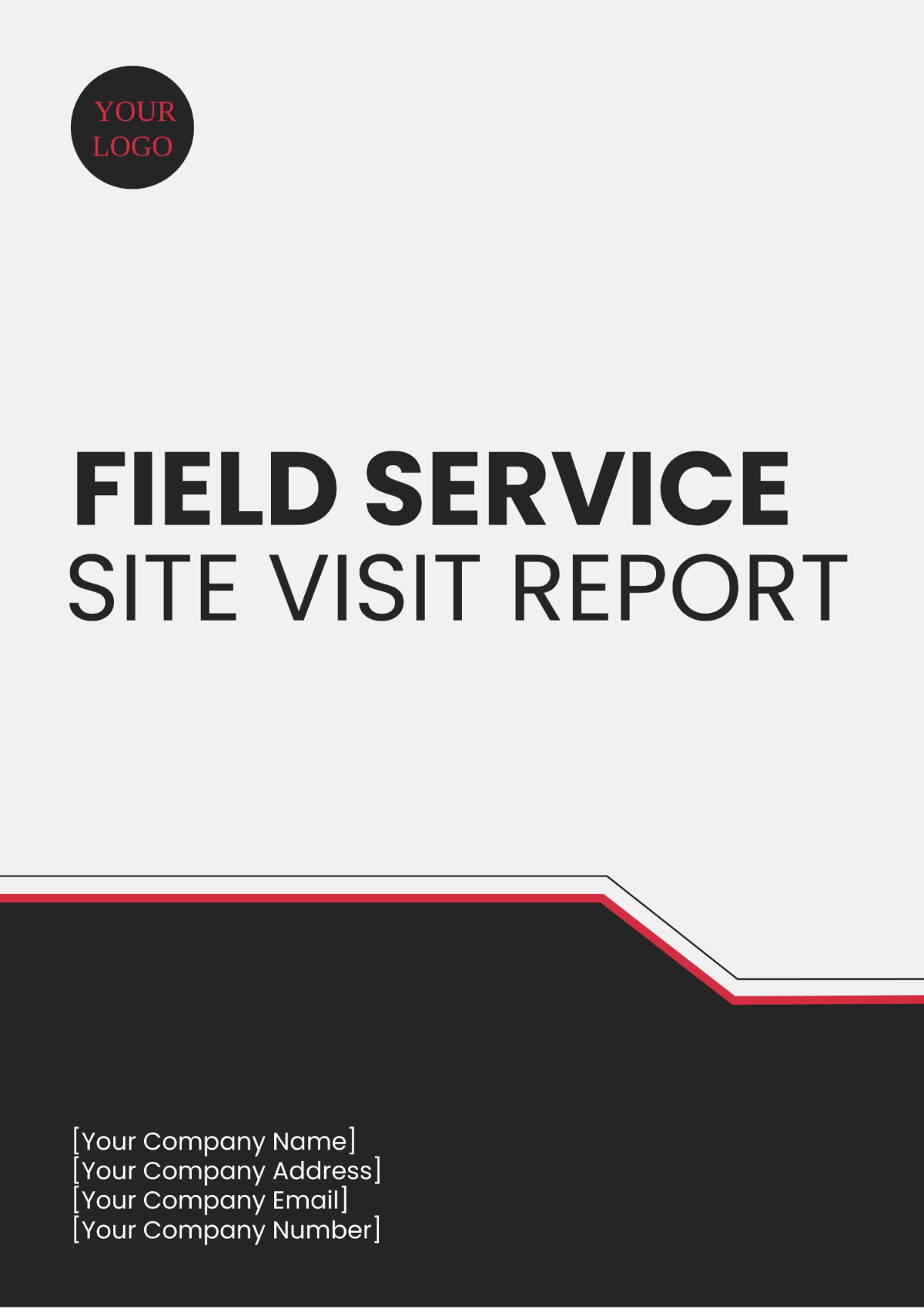INFRASTRUCTURE SITE VISIT REPORT
Prepared by: [Your Name]
Company: [Your Company Name]
1. Introduction
1.1 Purpose of Visit
The purpose of this site visit was to assess the ongoing construction of the new drainage system in Sector 12 of the city and to evaluate the current condition of the roadways. Additionally, the site visit aimed to identify any safety hazards and ensure compliance with the environmental guidelines set forth in the project contract.
1.2 Scope of Visit
The visit focused on evaluating the condition of the newly constructed drainage trenches, the integrity of the existing road surfaces, and the alignment of utility installations (water and electricity lines). Specific attention was given to the installation of culverts and stormwater drains.
1.3 Date and Time
The site visit took place on December 18, 2054, from 10:00 AM to 1:00 PM.
1.4 Attendees
John Doe – Project Manager (ABC Construction Ltd.)
Jane Smith – Civil Engineer (XYZ Engineering)
Robert Brown – Site Supervisor (XYZ Engineering)
Michael Lee – Safety Officer (City Planning Department)
2. Site Overview
2.1 Site Description
The site is located in Sector 12, a residential area undergoing significant infrastructure upgrades. The project includes the construction of new drainage systems, road resurfacing, and the installation of new water and electricity lines. The site covers approximately 5 hectares and is surrounded by residential and commercial buildings.
2.2 Site Conditions
The weather conditions were mild with light rain, which did not impede the progress of the site works. Site accessibility was adequate with no significant obstructions. However, some temporary fencing around the excavation sites had been damaged by recent weather, posing a minor safety concern.
3. Observations
3.1 Infrastructure Components
Roads/Pavement: The new road surfaces are 90% complete, with only the final layer of asphalt yet to be laid. Minor cracks were observed on the existing road pavement, particularly around the curbs.
Drainage Systems: The stormwater drainage trenches have been excavated and are 75% complete. Several culverts have been installed, but there was evidence of some debris accumulation in the trenches, potentially hindering proper drainage.
Utility Systems: The water and electricity lines were being laid according to schedule. However, there was an exposed section of an electrical cable that needs additional protection to prevent damage.
Structural Elements: The culverts and stormwater drain outlets are functioning properly. No signs of structural damage were observed in the newly installed infrastructure.
3.2 Safety and Compliance
The site generally adheres to safety standards, with proper signage and personal protective equipment (PPE) being used. However, the temporary fencing around the excavation sites was not secured properly, posing a potential risk for unauthorized access. The site complies with all local environmental regulations, but additional erosion control measures are needed in some areas.
3.3 Equipment and Materials
The construction equipment, including excavators and rollers, appeared to be in good condition and operated without issue. However, the quality of some of the materials used for the drainage system needs to be reviewed, as a few sections of the PVC pipes showed signs of minor cracking.
4. Issues Identified
4.1 Problems
Minor cracks on the road pavement that need repair before the final layer of asphalt is applied.
Debris accumulation in the drainage trenches could potentially block stormwater flow.
An exposed electrical cable section requires additional safety measures.
Temporary fencing around the excavation areas is not secure, presenting a safety hazard.
4.2 Impact Assessment
The cracks on the road pavement could delay the final layer of asphalt, potentially extending the construction timeline by a few days. If the debris in the drainage trenches is not removed promptly, it may result in drainage inefficiency during heavy rains. The exposed electrical cable could pose safety risks if not addressed. The unsecured fencing could lead to unauthorized site access and increased safety risks for the workers.
5. Recommendations
5.1 Immediate Actions
Secure and reinforce the temporary fencing around the excavation sites to ensure safety.
Remove debris from the drainage trenches to ensure proper water flow and prevent clogging.
Install additional protective measures around the exposed electrical cable section.
Repair the minor cracks on the existing pavement before proceeding with the final asphalt layer.
5.2 Long-Term Recommendations
Implement a regular cleaning schedule for the drainage trenches to avoid future debris buildup.
Conduct a quality check on the materials used for drainage systems to prevent any future pipe damage.
Regularly inspect and maintain the temporary safety measures (fencing, signage) to minimize safety risks.
6. Conclusion
The site visit revealed that while progress on the drainage system and roadway resurfacing is generally on track, several issues need to be addressed to avoid delays and ensure safety. Immediate actions, such as securing the fencing and removing debris, should be prioritized. Long-term measures, including regular maintenance and quality checks, are recommended to avoid future issues.




































